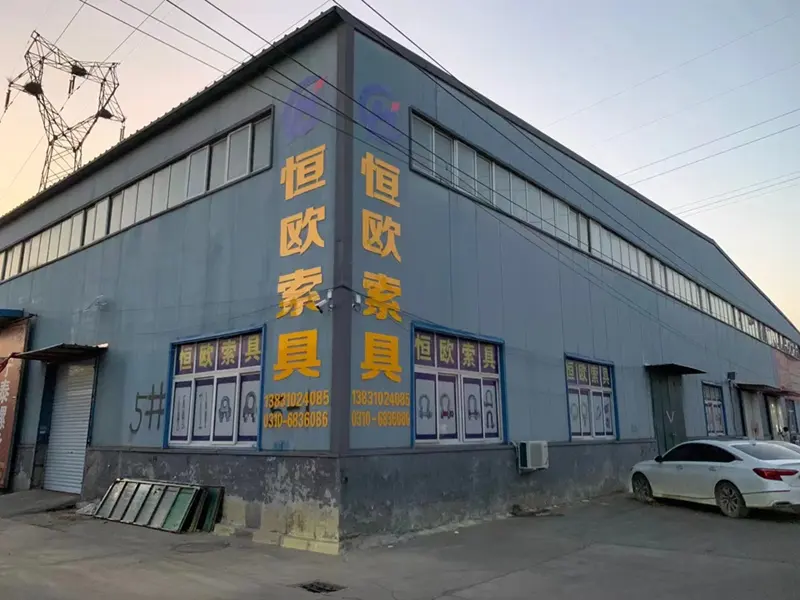
Zář . 23, 2024 00:27 Back to list
hydroxyethyl cellulose thickening mechanism
Understanding the Thickening Mechanism of Hydroxyethyl Cellulose
Hydroxyethyl cellulose (HEC) is a widely utilized water-soluble polymer that serves as a thickening agent in various industries, including cosmetics, pharmaceuticals, and food production. Its unique chemical structure and properties enable it to enhance the viscosity of aqueous solutions, making it an essential ingredient in many formulations. To fully appreciate its applications, it is crucial to explore the mechanisms behind hydroxyethyl cellulose's thickening capabilities.
Understanding the Thickening Mechanism of Hydroxyethyl Cellulose
When HEC is added to water, it begins to hydrate rapidly. The hydroxyethyl groups interact with water molecules through hydrogen bonding, leading to significant swelling of the polymer chains. This hydration process increases the overall size of the HEC molecules, which acts to create a network within the liquid medium. As these swollen polymer chains disperse in the solution, they occupy more space, providing a higher resistance to flow and consequently increasing the viscosity of the solution.
hydroxyethyl cellulose thickening mechanism

Another critical aspect of the thickening mechanism involves polymer-chain entanglement. As the concentration of HEC in a solution rises, the polymer chains begin to overlap and intertwine due to their flexible structure. This entanglement creates a three-dimensional network that further impedes the movement of water molecules. The more entangled the polymer chains become, the thicker the solution appears. This characteristic makes HEC particularly useful in formulations where stability and consistency are essential.
Hydrodynamic interactions also play a significant role in the thickening behavior of hydroxyethyl cellulose. When a force is applied to a viscous solution, such as stirring or mixing, the viscosity responses due to the arrangement of HEC molecules in the liquid. In dilute solutions, the molecules move relatively freely, but as the concentration increases, their movement becomes more restricted due to the presence of other polymer chains. This increase in interactions between molecules results in heightened resistance to flow, contributing to increased viscosity.
Furthermore, HEC exhibits shear-thinning behavior, meaning that its viscosity decreases under shear stress, which is beneficial in applications such as paints, where ease of application is crucial. Once the shear force is removed, the viscosity recovers, demonstrating its ability to return to a thicker state.
In conclusion, the thickening mechanism of hydroxyethyl cellulose is a multifaceted process involving hydration, polymer-chain entanglement, and hydrodynamic interactions. Its ability to adjust viscosity under different conditions makes HEC a versatile thickener in various formulations. As industries continue to seek efficient and effective thickening agents, HEC remains a vital player due to its favorable properties and performance. Understanding these mechanisms not only aids in the formulation process but also enhances the functionality of diverse products across multiple sectors.
-
What is HPMC?
NewsJun.06,2025
-
Understanding Redispersible Powder: The Future of Construction Materials
NewsJun.06,2025
-
Understanding RDP Powder: The Ultimate Solution for Your Construction Needs
NewsJun.06,2025
-
Pure HPMC: The Ideal Solution for Modern Construction and Building Materials
NewsJun.06,2025
-
Methyl Hydroxyethyl Cellulose: A Versatile Chemical Compound
NewsJun.06,2025
-
Hydroxyethyl Cellulose Power: The Essential Chemical for Various Industries
NewsJun.06,2025







